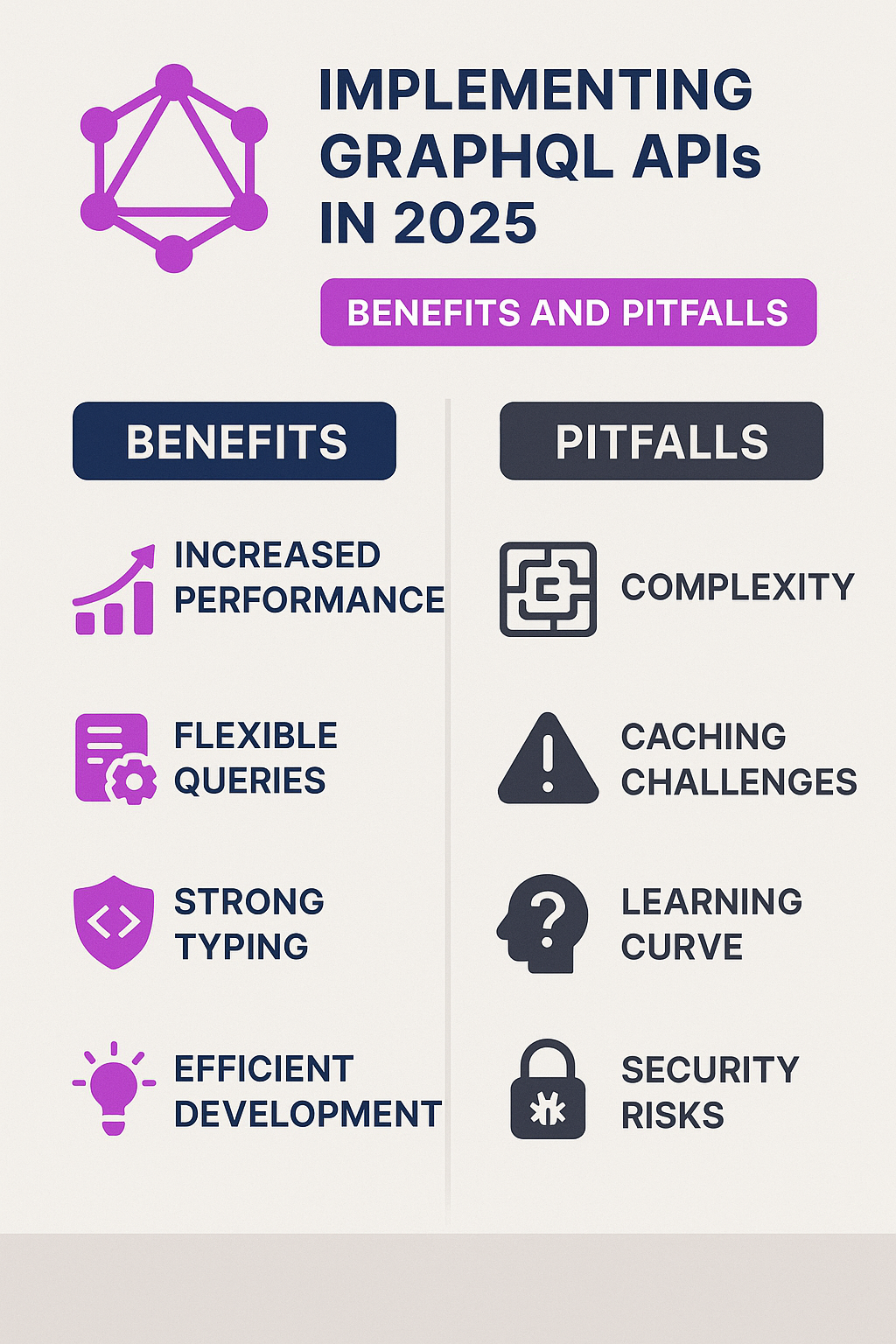
Introduction
Many teams start with a monolithic application because it’s simple and fast to build. However, as features grow and the codebase expands, the monolith becomes harder to maintain and scale. Migrating to microservices can solve these issues by breaking the system into smaller, independent services. In this post, you’ll learn how to plan and execute a migration from a monolith to microservices using Spring Boot, along with the challenges to expect during the process.
Why Migrate to Microservices?
Migrating to microservices brings several benefits. First, services become easier to scale independently. Second, development teams can work in parallel without stepping on each other’s code. Third, deployments become smaller and safer. As a result, your system becomes more flexible and better prepared for long-term growth.
Key Advantages
- Independent scaling
- Faster deployments
- Clear service boundaries
- Improved fault isolation
- Technology flexibility
However, microservices also introduce new operational complexity, so planning the migration carefully is essential.
Step 1: Understand Your Monolith
Before breaking anything apart, you need a clear picture of your current system. Map your modules, identify dependencies, and analyze database relationships. This helps you discover natural service boundaries and avoid random fragmentation.
Recommended Activities
- Analyze domain modules
- Review package dependencies
- Identify slow-changing vs fast-changing modules
- Locate bottlenecks in the system
This discovery phase gives you a solid foundation for creating a proper migration plan.
Step 2: Choose Your First Service
Do not migrate everything at once. Instead, start with a small, low-risk module — ideally one with clear business boundaries. By starting small, your team learns the patterns, tools, and pitfalls before scaling up.
Good first candidates include:
- Notification service
- Authentication or user management
- Reporting or analytics
- Inventory or catalog
Picking the right first service increases your chances of a smooth migration.
Step 3: Build Independent Microservices with Spring Boot
Spring Boot makes it easy to create lightweight, independent services. Each microservice should have:
- Its own codebase
- Its own data model
- Its own deployment lifecycle
- Clear API contracts
Create separate Spring Boot modules or repositories based on your chosen boundaries.
Example Microservice Structure
order-service
┣ src/main/java
┣ src/main/resources
┗ Dockerfile
Each service becomes small, maintainable, and easy to deploy.
Step 4: Manage Communication Between Services
Services communicate through APIs or messaging.
Synchronous (REST, gRPC)
- Simple
- Fast
- Easy to understand
Asynchronous (Kafka, RabbitMQ)
- Decoupled
- Great for event-driven systems
- Handles high throughput
Using patterns from Spring Cloud — such as Feign clients, load balancing, and service discovery — makes communication smoother.
Step 5: Break Up the Database
A major migration challenge is splitting the monolithic database. Microservices work best with one database per service, but reaching that goal takes time.
Transition Strategy
- Start with shared database tables
- Introduce data ownership rules
- Move to separate schemas
- Finally, use completely separate databases
During this phase, event-driven patterns such as CQRS or Change Data Capture (CDC) help sync data safely.
Step 6: Add an API Gateway
Once you have multiple services, clients need a single entry point. Tools like Spring Cloud Gateway or Kong act as a front door for routing requests.
Benefits
- Centralized authentication
- Request throttling and logging
- Easy routing to new services
- Better security and observability
This reduces complexity for clients and keeps your architecture clean.
Step 7: Handle Observability and Monitoring
Distributed systems need strong visibility. Use:
- Centralized logging (ELK, Loki)
- Monitoring (Prometheus, Grafana)
- Tracing (OpenTelemetry, Jaeger)
These tools help you detect issues quickly and understand how services interact.
Step 8: Deploy and Iterate Gradually
Deploy one service at a time. Use techniques like Blue/Green or Canary deployments to reduce risk. Continuously refactor the monolith as you extract each service.
Migration Principles
- Incremental releases
- Backward compatibility
- Automated CI/CD pipelines
- Zero-downtime deployment strategies
A gradual rollout reduces uncertainty and avoids major downtime.
Challenges to Expect
Migrating to microservices comes with trade-offs.
- More operational overhead
- Network latency between services
- Complex debugging
- Distributed transactions
- Higher learning curve
However, with proper planning and tools, these challenges become manageable.
Final Thoughts
Migrating from a monolith to microservices using Spring Boot can transform your system’s flexibility, scalability, and maintainability. Start by identifying clear boundaries, extract one service at a time, and support the architecture with strong monitoring and communication patterns. Over time, the monolith shrinks while your microservices ecosystem expands safely. To dive deeper into Spring microservice patterns, read API Routing with Spring Cloud Gateway. For further guidance on distributed systems, explore the Microservices.io patterns.



